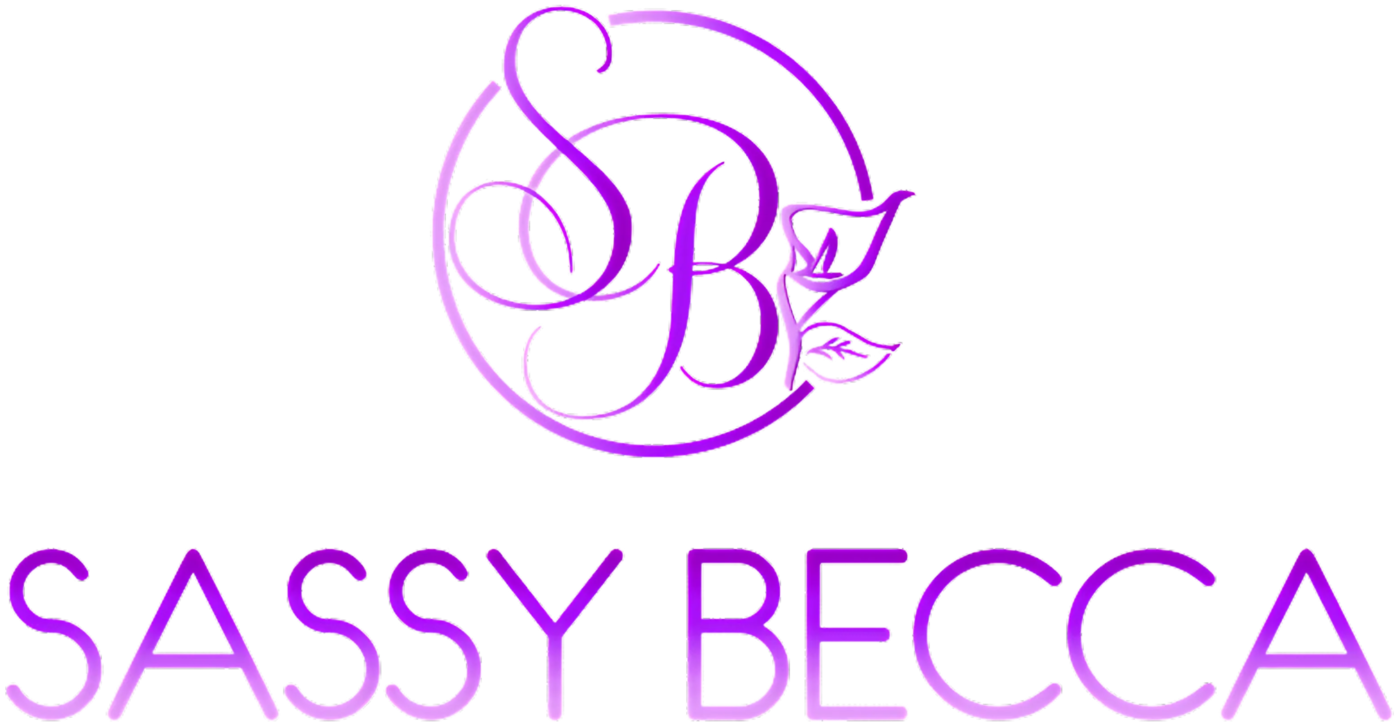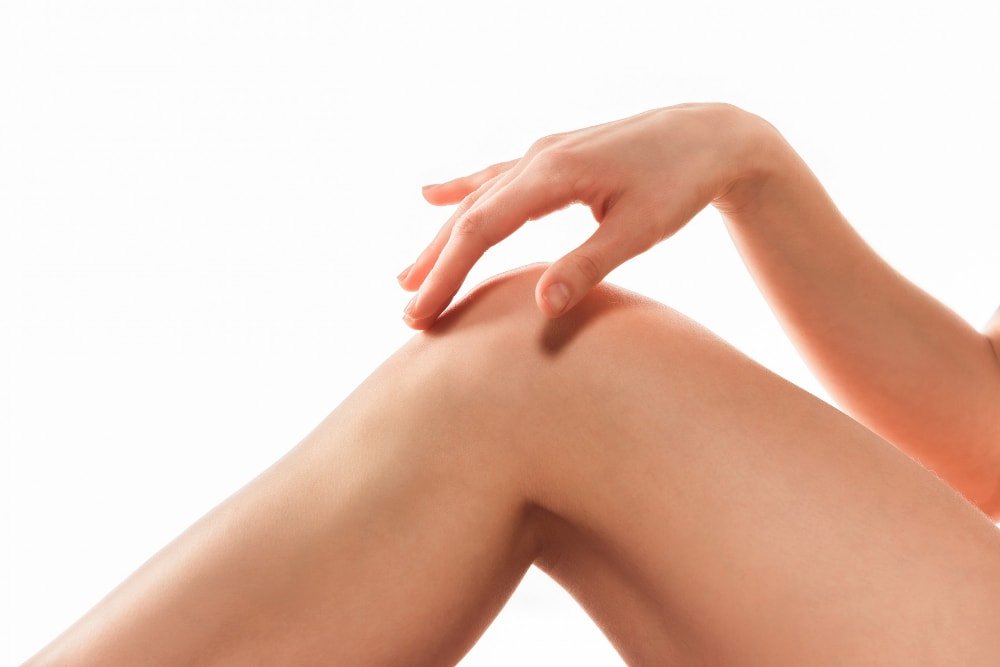Acne is a common skin condition that affects many people, causing redness, inflammation, and blemishes. While there are a variety of over-the-counter and prescription treatments available, many people are looking for natural solutions to clear their skin. In this blog post, we’ll take a look at some natural ways to combat acne and achieve clear, healthy-looking skin.
1. Tea Tree Oil: Tea tree oil is a popular natural remedy for acne due to its antibacterial and anti-inflammatory properties. When applied topically, it can help to reduce the number of acne-causing bacteria on the skin, as well as reduce inflammation. To use tea tree oil for acne, mix a few drops with a carrier oil like coconut or jojoba oil and apply to the affected areas.
2. Honey: Honey is another natural remedy that has been used for centuries to treat acne. Its antibacterial properties help to kill off the bacteria that can cause breakouts, while its moisturizing properties help to soothe the skin and reduce redness. To use honey as an acne treatment, apply a small amount to the affected areas and leave on for 10-15 minutes before washing off.
3. Green Tea: Green tea is rich in antioxidants and has anti-inflammatory properties that can help to reduce the redness and inflammation associated with acne. To use green tea as an acne treatment, brew a cup of green tea and let it cool. Once cool, apply the tea to the affected areas using a cotton ball or cotton swab.
Or you can try the Green Tea Mud Mask Stick . This amazing cleansing mask, not only cleanses the skin but it also controls the excess of sebum, reduces blackheads, deeply cleanses and purifies the pores, leaving the skin feeling refreshed, softer and brighter.
Made with natural ingredients, it contains green tea extract and vitamin E that penetrate into the deep layer of the skin, to replenish the skin with natural moisture.
4. Aloe Vera: Aloe vera is a natural soothing agent that can help to reduce redness and inflammation associated with acne. It also has antibacterial properties that can help to fight the bacteria that causes acne. To use aloe vera for acne, apply a small amount of aloe vera gel to the affected areas.
5. Diet: What you eat can also play a role in acne development. Eating a diet high in processed foods and sugar can increase the likelihood of breakouts. Eating a diet rich in fruits, vegetables, and lean protein can help to reduce the risk of acne.
In addition to these natural remedies, maintaining a consistent skincare routine can help to prevent acne and promote clear skin. Be sure to cleanse your skin twice a day, exfoliate regularly, and use a moisturizer to keep your skin hydrated.
It’s important to remember that everyone’s skin is different, and what works for one person may not work for another. If you’ve tried these natural remedies and your acne persists, it’s best to consult a dermatologist for personalized treatment plan.
In conclusion, Acne can be a frustrating and persistent skin condition but there are many natural remedies available that can help to reduce the redness, inflammation, and blemishes associated with acne. By using tea tree oil, honey, green tea, aloe vera and maintaining a healthy diet, you can help to achieve clear, healthy-looking skin. It’s important to consult a dermatologist if your acne persists.







